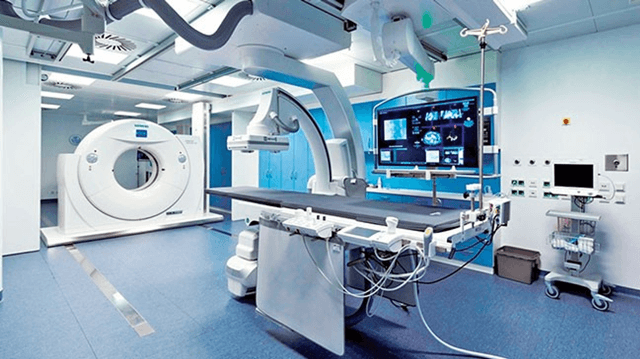The initial examination that is performed on a piece of medical equipment before it is put into service. The device is received for the first time to the health facility, it is checked to ensure that it matches the purchase order and works as specified, and the training of users has been arranged and installed correctly.
Acceptance Testing of Medical Equipment
The Electronic and Biomedical Engineering (EBME) department should ensure processes are in place for acceptance testing. These processes will check that equipment meets safety standards, meets clinical requirements, and the procurement requirements of the Hospital from the day it arrives.

- Records
The first task is to ensure records are taken that can be entered into the equipment management database once the acceptance testing is completed.
- The generic equipment type, for example ‘defibrillator’
- The Equipment number from (or to be entered into) the equipment database
- The model of the device (as shown on the manufacturers label)
- The job number allocated from the database to this acceptance test
- Any accessories that were delivered with the device must be listed and checked
- The order number for cross reference with the supplier
- The serial number
- The cost of the device with accessories
- The name of the manufacturer, and supplier (if different)
- The telephone contact details for the supplier
- The date of acceptance into the hospital
- The date of warranty expiry
- The signature of the technician who carried out the acceptance testing
- Location of the technical documents
- Location of the equipment (Ward or Dept)
- Person within the ward or department responsible for that device (Departmental equipment controller)
- Acceptance Checks
When carrying out acceptance testing, not all tests are valid for all devices but the form must be an assessment tool for all. With every device the individual checks should be recorded as a ‘Pass’, ‘Fail’, or not applicable ‘N/A’.
- Formal Acceptance
- Further Action
Types of Medical Device Design Testing
The word “testing” can have several meanings, some of which are:
- Establishing confidence that the medical device does what it is supposed to do;
- Detecting specification errors and deviations from the device specification;
- Verifying that a medical device system fulfills its specified requirements;
- Identifying differences between expected and actual results;
- Operating a medical device or a component of it under specified conditions and observing and recording the results, as well as evaluating some aspects of the system or the specific component.

1.Verification
2. Validation
3. Black box
4. White box
5. Hardware testing
6. Software testing
7. Functional testing
8. Robustness testing
9. Stress testing
10. Safety testing
11. Regression testing











